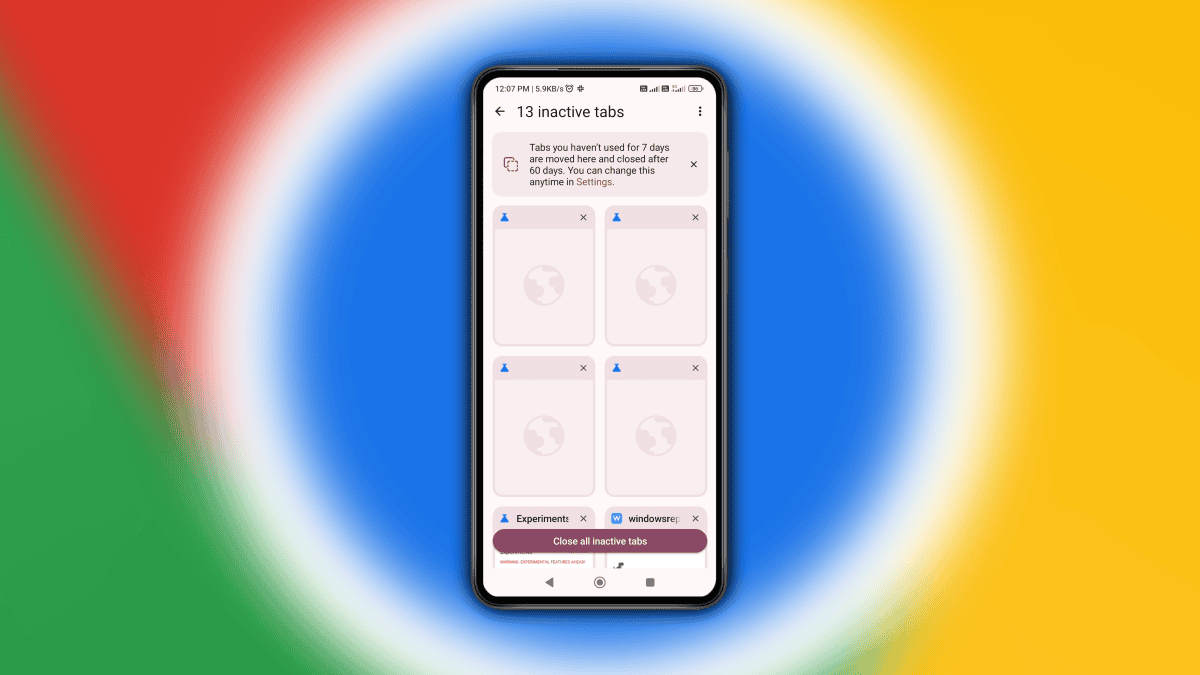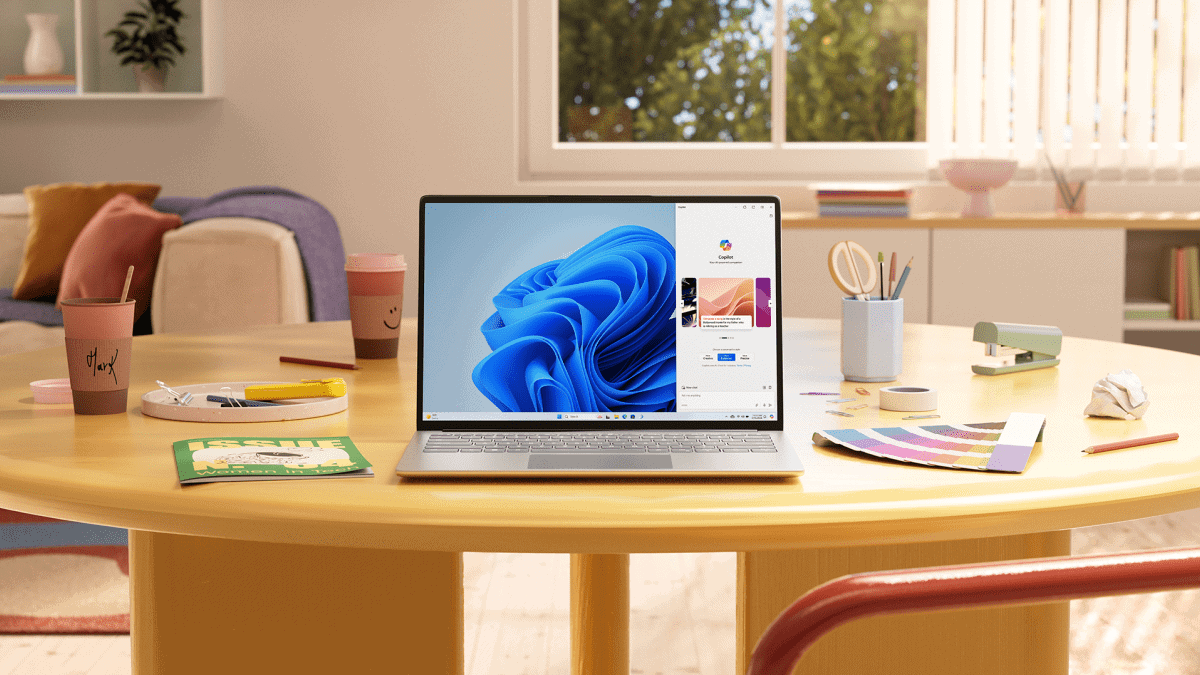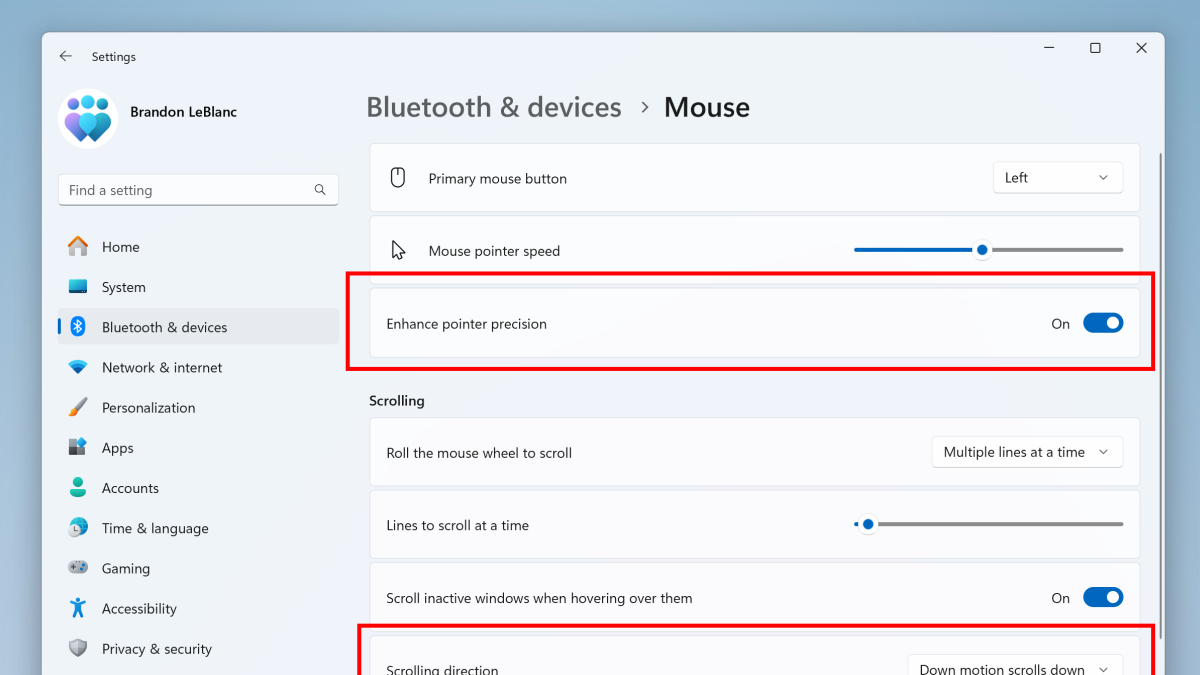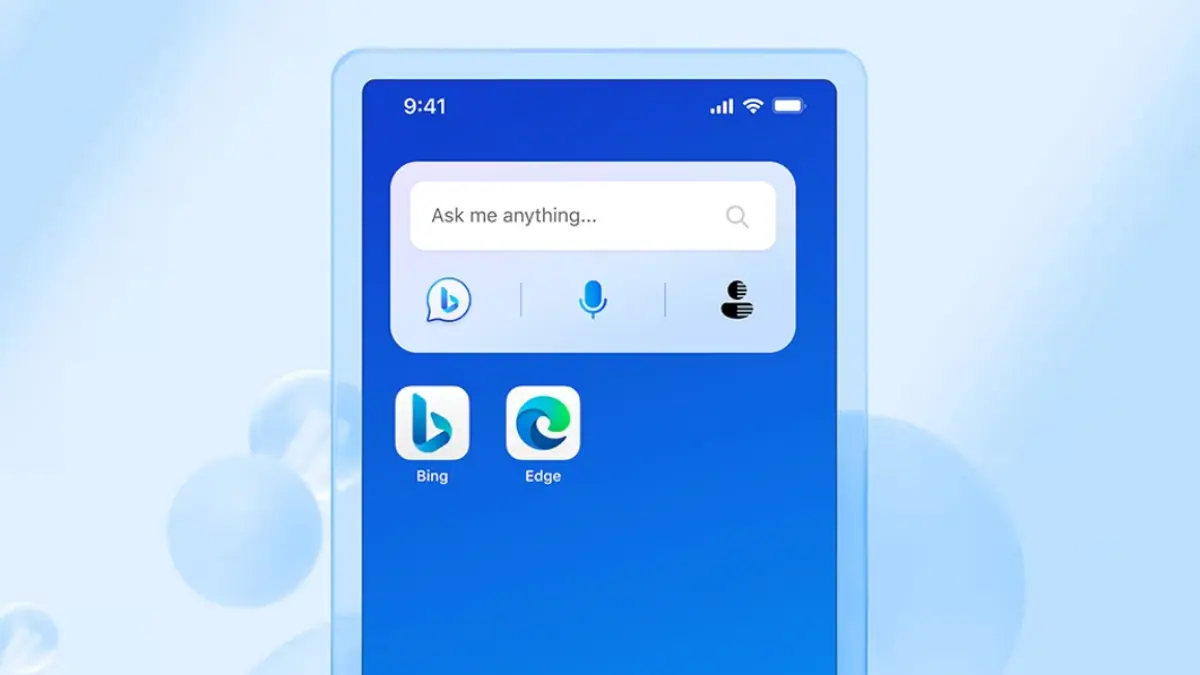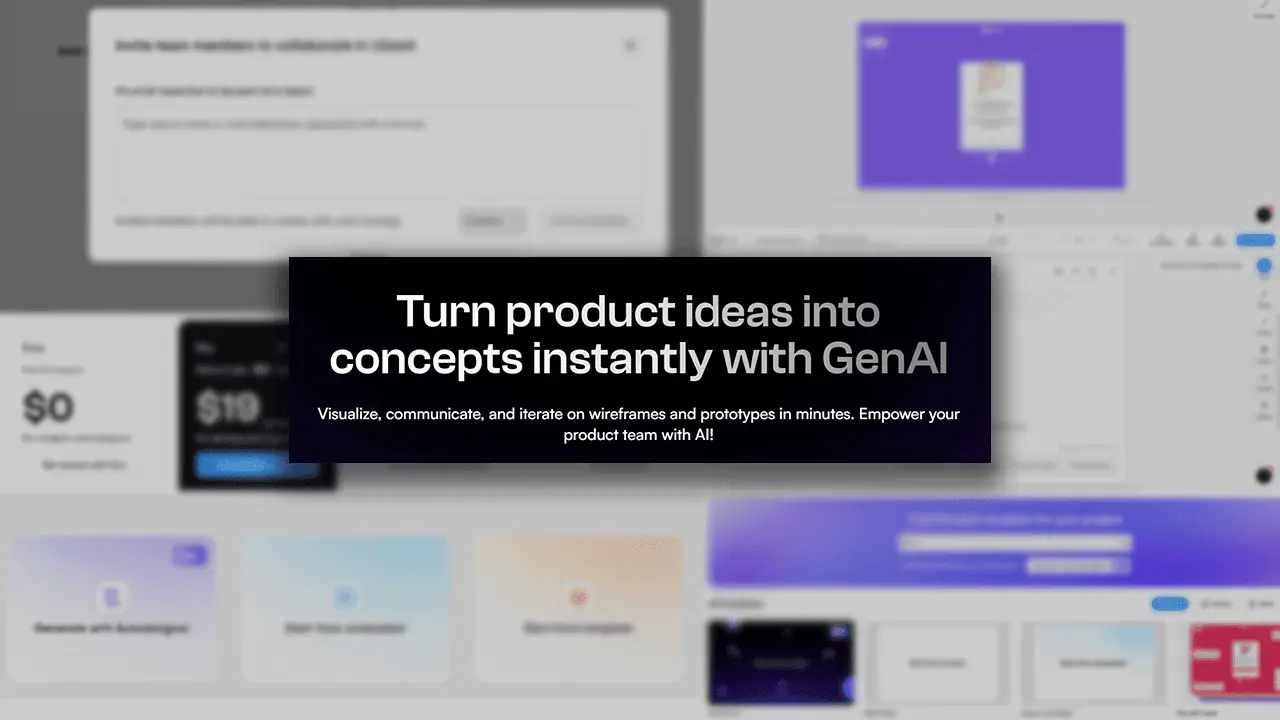Windows Presentation Foundation (WPF) to get modernized, soon match Windows 11 styles
The company has recently updated its roadmap page.
2 min. read
Published on
Read our disclosure page to find out how can you help MSPoweruser sustain the editorial team Read more
Key notes
- It’s been a hot while since Microsoft updated the look and feel WPF.
- A roadmap update says that Windows 11’s signature design elements are coming.
- Besides, nullability annotations will also be implemented.
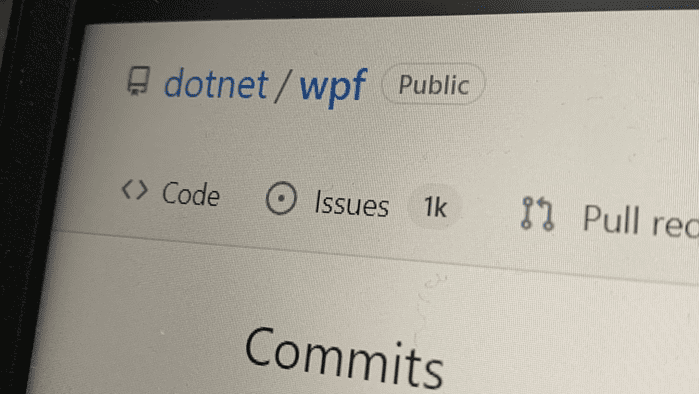
It’s been a hot while since Microsoft updated the look and feel of Windows Presentation Foundation (WPF), its popular open-source app framework in Windows operating systems.
As per their GitHub page of what lies ahead in 2024 for .NET 9.0, the Redmond tech giant is revamping WPF styles to align with Windows 11, making your apps blend seamlessly into the latest OS. The last stable build of WPF rolled out back in November last year.
Windows 11’s signature design elements, such as rounded corners, updated color schemes, and enhanced snap layout functionality, will soon be supported. Additionally, nullability annotations will be implemented to improve code quality within the WPF codebase and applications developed using it.
In its own words, “Long-term vision for modernization of WPF contains investments like support for nullability annotations, trimming and NativeAOT support, DirectX upgrades and integration of newer .NET features and abstractions.”
Microsoft rolled out the first .NET 9.0 preview build not too long ago, promising easier access to OpenAI and other AI models.
Continuing on Microsoft’s all-out push for cloud adoption, Visual Studio and Visual Studio Code users will also benefit from new features introduced through the .NET Aspire initiative.
Of course, as expected, this update also includes essential performance and accessibility revampings. Developers will soon benefit from improved accessibility support for WPF controls, as well as benchmarking and optimization tools for enhancing the framework’s compatibility across various devices.
You can check out everything Microsoft has in mind for 2024 on the WPF Roadmap page on GitHub.

